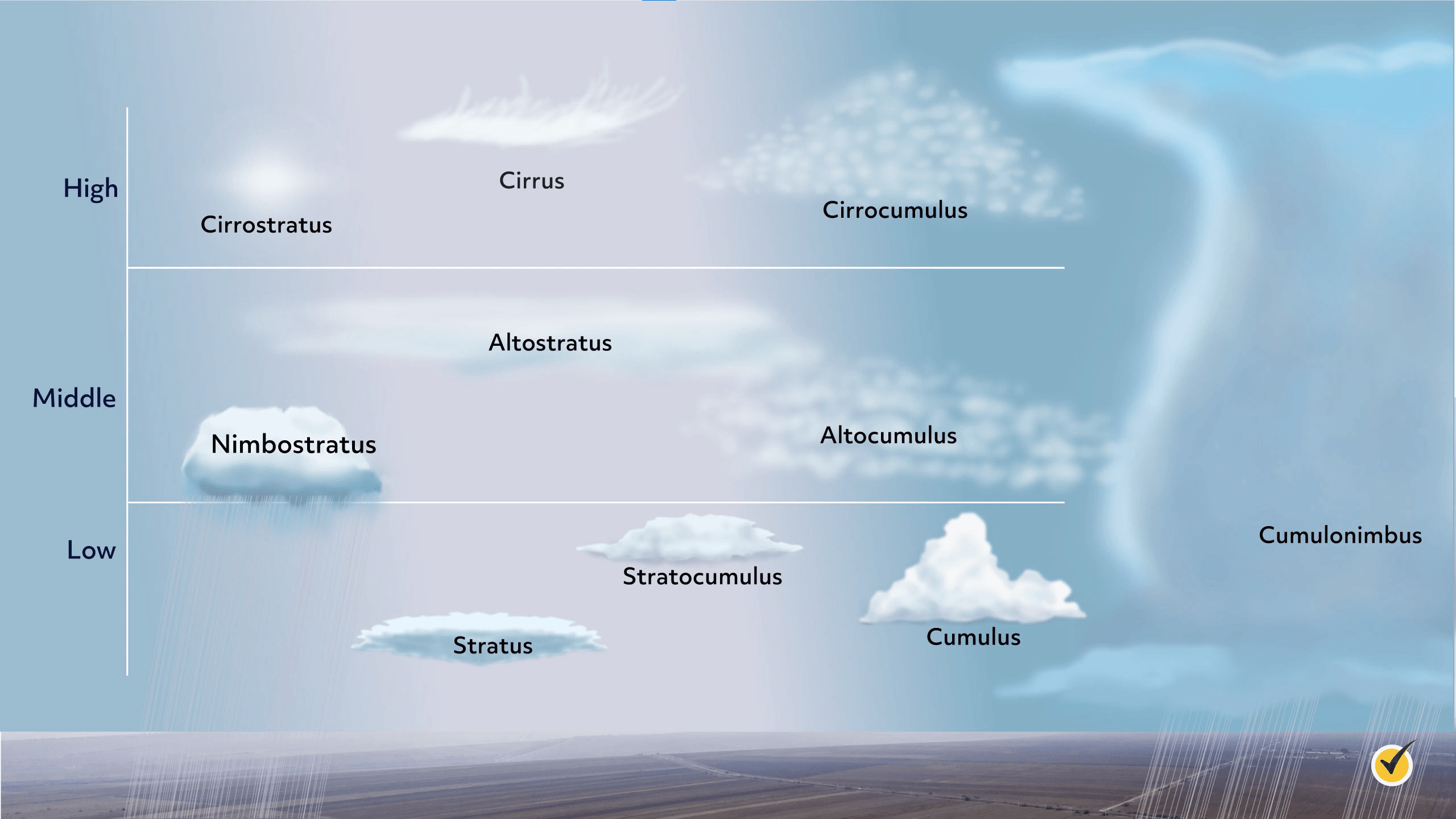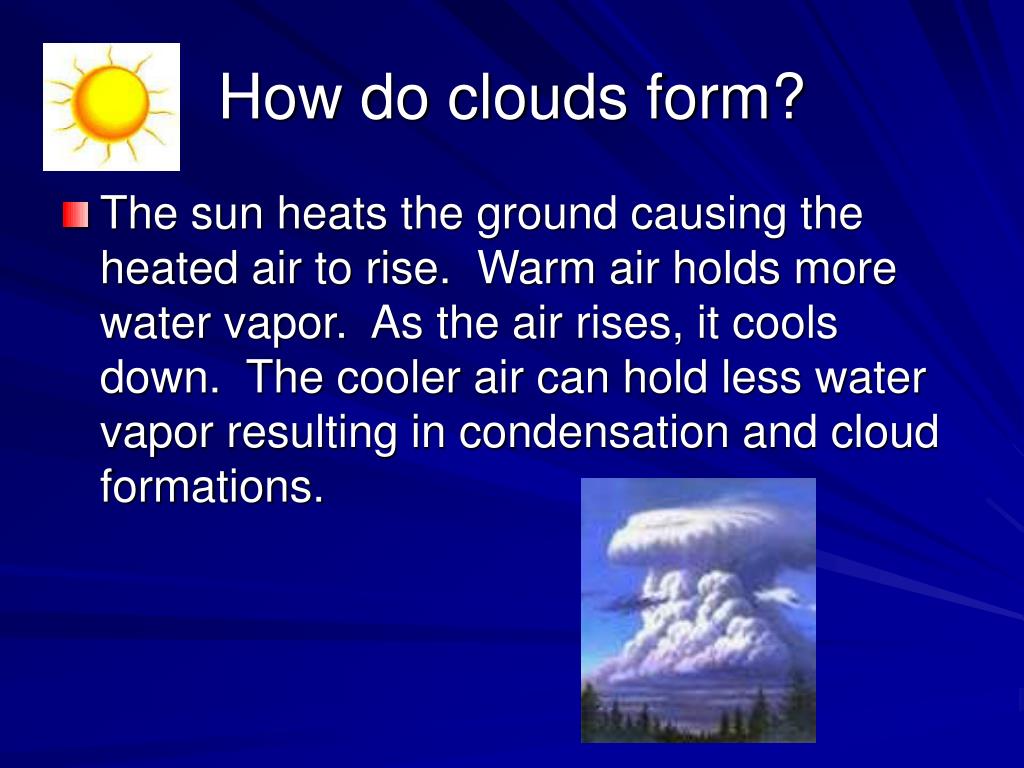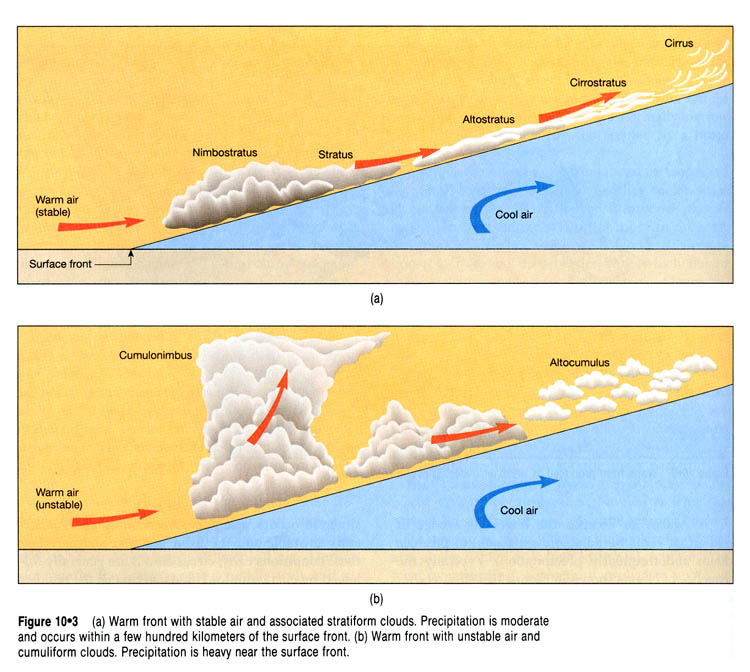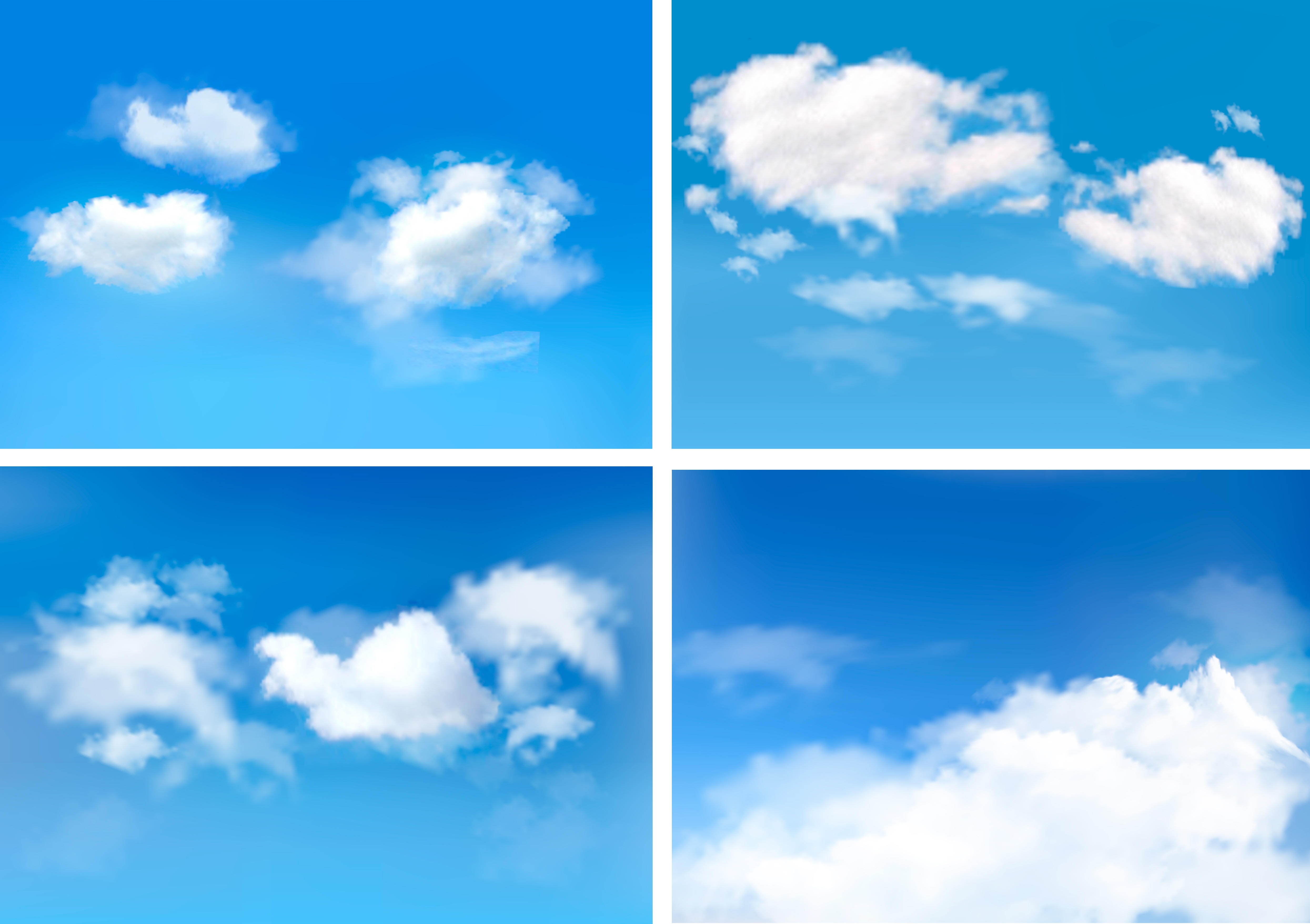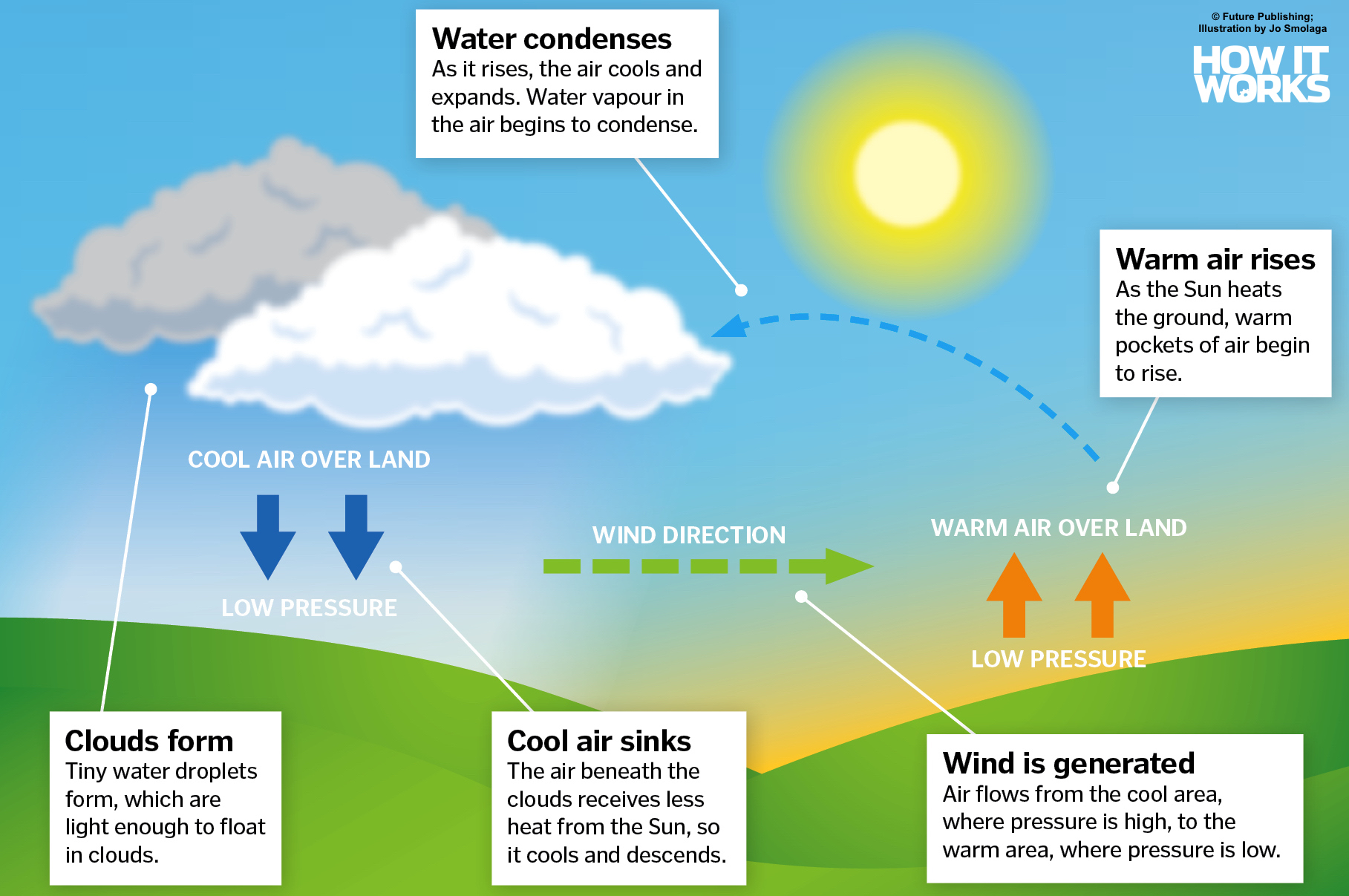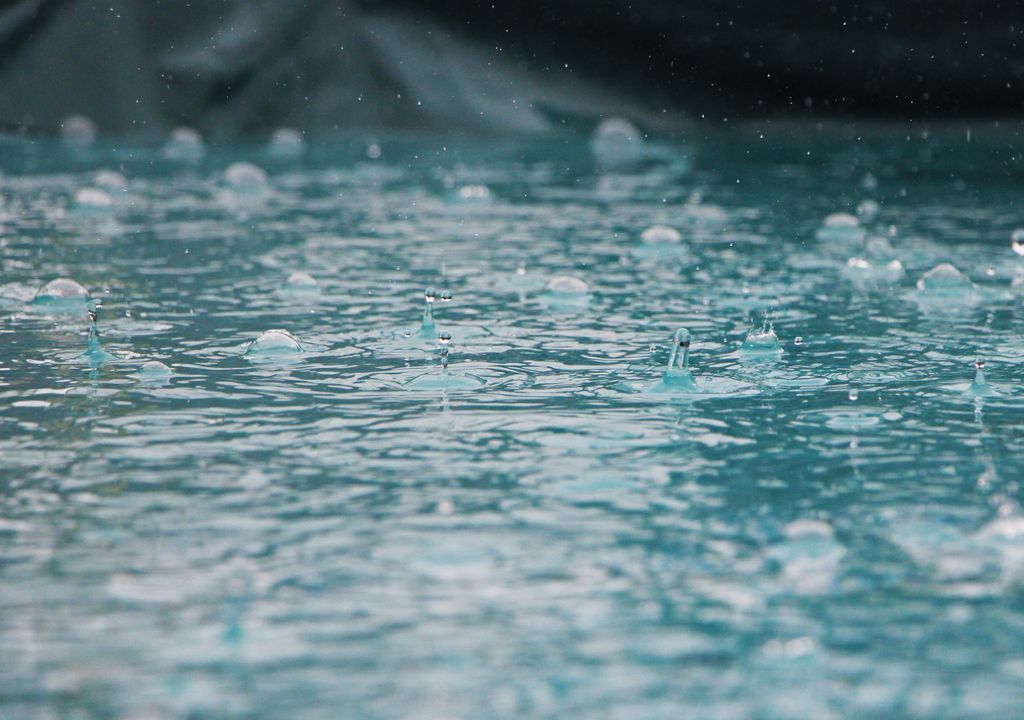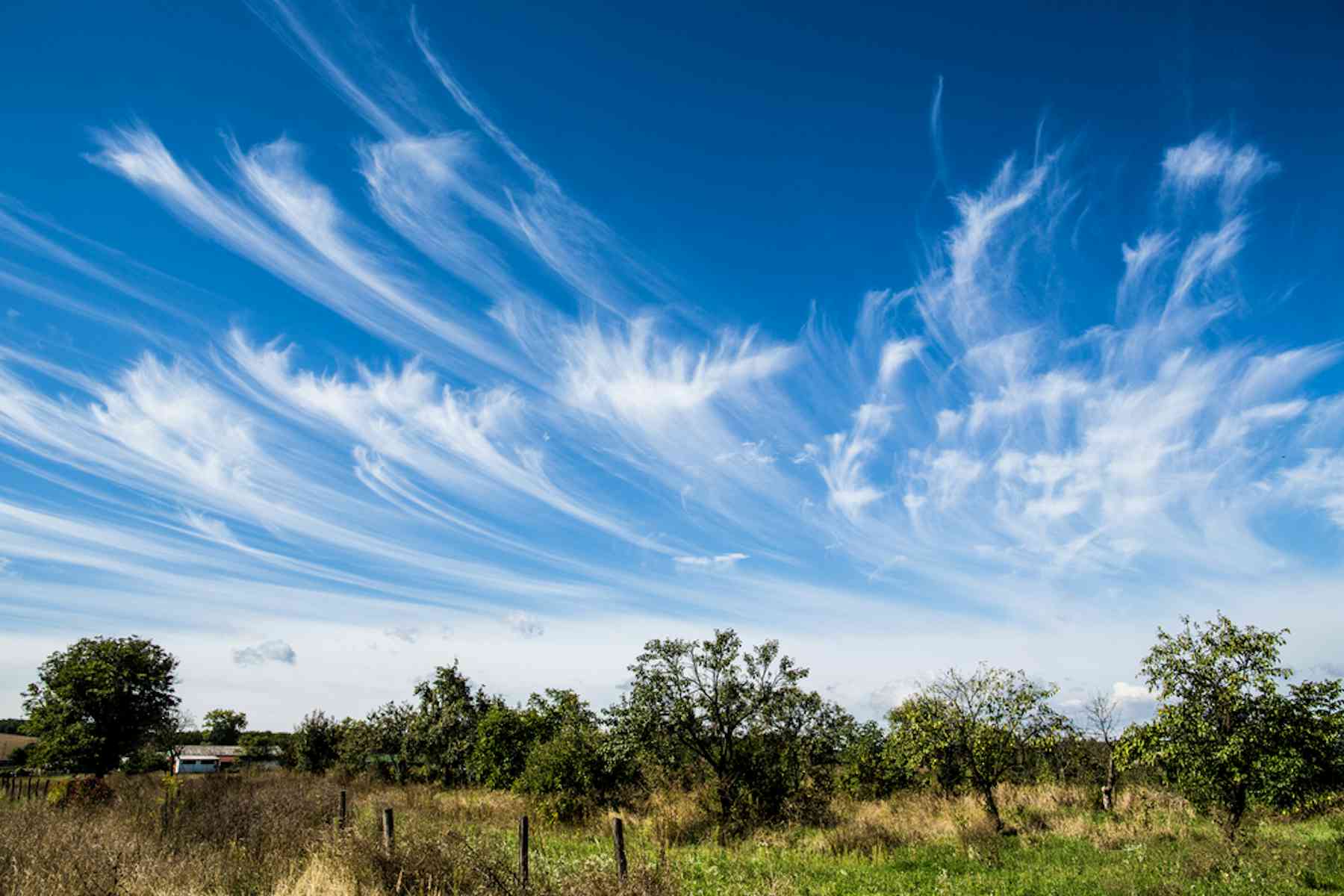Why Do Clouds Form In Front Of A Warm Front
Why Do Clouds Form In Front Of A Warm Front - Warm front a warm front brings gentle rain or light snow, followed by warmer, milder weather. Altocumulus, altostratus, cirrocumulus, cirrostratus, cirrus, cumulonimbus (and. A warm front is when the surface boundary between a warm air mass and a cold air mass it is overtaking. At a warm front, where a warm air mass slides over a cold air mass, the warm air is pushed upward forming many different types of clouds, from low stratus clouds to midlevel altocumulus and altostratus clouds, to high cirrus. Warm fronts produce clouds when warm air replaces cold air by sliding above it. Web you often see clouds forming at a cold front. A weather front is a transition zone between two different air masses at the earth's surface. Cold air is more dense than warm air, so when a warm air mass meets a cold air mass, the cold air ends up below the warm air. This is because as the warm air rises, it cools and moisture in the air condenses. Web at a warm front, there may be low stratus clouds.
A warm front is when the surface boundary between a warm air mass and a cold air mass it is overtaking. Web as the air rises, it cools and contracts, which means it cannot hold as much vapour. Web clouds ahead of the warm front are mostly stratiform, and rainfall defiantly increases as the front approaches. Altocumulus, altostratus, cirrocumulus, cirrostratus, cirrus, cumulonimbus (and. Web at a warm front, there may be low stratus clouds. Web weather fronts, where two large masses of air collide at the earth’s surface, also form clouds by causing air to rise. This is because the warm air does not wedge itself into the cold air mass, but slides above it slowly. A weather front is a transition zone between two different air masses at the earth's surface. The air behind a cold front is. Warm front a warm front brings gentle rain or light snow, followed by warmer, milder weather.
At the warm front, these clouds are low altitude, layered stratus clouds. Because the warm air cools when it rises above a cold front which forms clouds. Many different cloud types can be created in this way: A weather front is a transition zone between two different air masses at the earth's surface. Web you often see clouds forming at a cold front. Once the air has risen, it cools and clouds can form. At a warm front, where a warm air mass slides over a cold air mass, the warm air is pushed upward forming many different types of clouds, from low stratus clouds to midlevel altocumulus and altostratus clouds, to high cirrus. Each air mass has unique temperature and humidity characteristics. Cold air is more dense than warm air, so when a warm air mass meets a cold air mass, the cold air ends up below the warm air. The air behind a cold front is.
Clouds (Video)
Web you often see clouds forming at a cold front. Clearing and warming is usually rapid after frontal passage. At the warm front, these clouds are low altitude, layered stratus clouds. Web at a warm front, there may be low stratus clouds. Fog can also occur preceding a warm frontal passage.
PPT Weather PowerPoint Presentation, free download ID7066480
Altocumulus, altostratus, cirrocumulus, cirrostratus, cirrus, cumulonimbus (and. Clouds are masses of cool, condensed air. Web weather fronts can cause clouds to form. Web clouds that form during a warm front form in front of the body of the warm air mass. Many different cloud types can be created in this way:
Atmospheric Stuff
Warm fronts produce clouds when warm air replaces cold air by sliding above it. This is because as the warm air rises, it cools and moisture in the air condenses. Web you often see clouds forming at a cold front. Each air mass has unique temperature and humidity characteristics. Weather fronts can cause clouds to form.
Why do clouds form? Part 1 Hand to mouth Royal Meteorological Society
Fronts occur when two large masses of air collide at the earth’s surface. Web clouds that form during a warm front form in front of the body of the warm air mass. Warm front a warm front brings gentle rain or light snow, followed by warmer, milder weather. Many different cloud types can be created in this way: At a.
Cliff Mass Weather Blog Coastal Clouds
The vapour then condenses to form clouds. Web as the air rises, it cools and contracts, which means it cannot hold as much vapour. Web weather fronts can cause clouds to form. Fronts occur when two large masses of air collide at the earth's surface. Clouds are masses of cool, condensed air.
How do clouds help generate wind?
Fronts can be several hundred kilometres in width. At the warm front, these clouds are low altitude, layered stratus clouds. Because the warm air cools when it rises above a cold front which forms clouds. Clouds are masses of cool, condensed air. Fronts occur when two large masses of air collide at the earth’s surface.
Why do clouds make rain?
Web weather fronts can cause clouds to form. A warm front is when the surface boundary between a warm air mass and a cold air mass it is overtaking. At the warm front, these clouds are low altitude, layered stratus clouds. Many different cloud types can be created in this way: The vapour then condenses to form clouds.
How do clouds form? Trivia Genius
Web clouds form due to weather fronts. The air behind a cold front is. Many different cloud types can be created in this way: Once the air has risen, it cools and clouds can form. Altocumulus, altostratus, cirrocumulus, cirrostratus, cirrus, cumulonimbus.
How Do Clouds Form? Nayturr
Warm front a warm front brings gentle rain or light snow, followed by warmer, milder weather. At a warm front, where a warm air mass slides over a cold air mass, the warm air is pushed upward forming many different types of clouds, from low stratus clouds to midlevel altocumulus and altostratus clouds, to high cirrus. Fronts can be several.
Six clouds you should know about and what they can reveal about the
Fronts occur when two large masses of air collide at the earth's surface. Web weather fronts can cause clouds to form. Altocumulus, altostratus, cirrocumulus, cirrostratus, cirrus, cumulonimbus. Fronts occur when two large masses of air collide at the earth’s surface. At a warm front, where a warm air mass slides over a cold air mass, the warm air is pushed.
At A Warm Front, Where A Warm Air Mass Slides Over A Cold Air Mass, The Warm Air Is Pushed Upward Forming Many Different Types Of Clouds, From Low Stratus Clouds To Midlevel Altocumulus And Altostratus Clouds, To High Cirrus.
The vapour then condenses to form clouds. Web why do clouds form in front of a warm front? Web weather fronts can cause clouds to form. Web weather fronts, where two large masses of air collide at the earth’s surface, also form clouds by causing air to rise.
Altocumulus, Altostratus, Cirrocumulus, Cirrostratus, Cirrus, Cumulonimbus (And.
Many different cloud types can be created in this way: This is because as the warm air rises, it cools and moisture in the air condenses. Warm fronts produce clouds when warm air replaces cold air by sliding above it. Web as the air rises, it cools and contracts, which means it cannot hold as much vapour.
Web Clouds Form Due To Weather Fronts.
Usually, the skies clear once the front has passed. A warm front is when the surface boundary between a warm air mass and a cold air mass it is overtaking. Weather fronts can cause clouds to form. This is because the warm air does not wedge itself into the cold air mass, but slides above it slowly.
Web At A Warm Front, There May Be Low Stratus Clouds.
Warm fronts produce clouds when warm air replaces cold air by sliding above it. Web you often see clouds forming at a cold front. Fronts occur when two large masses of air collide at the earth’s surface. Many different cloud types can be created in this way:
